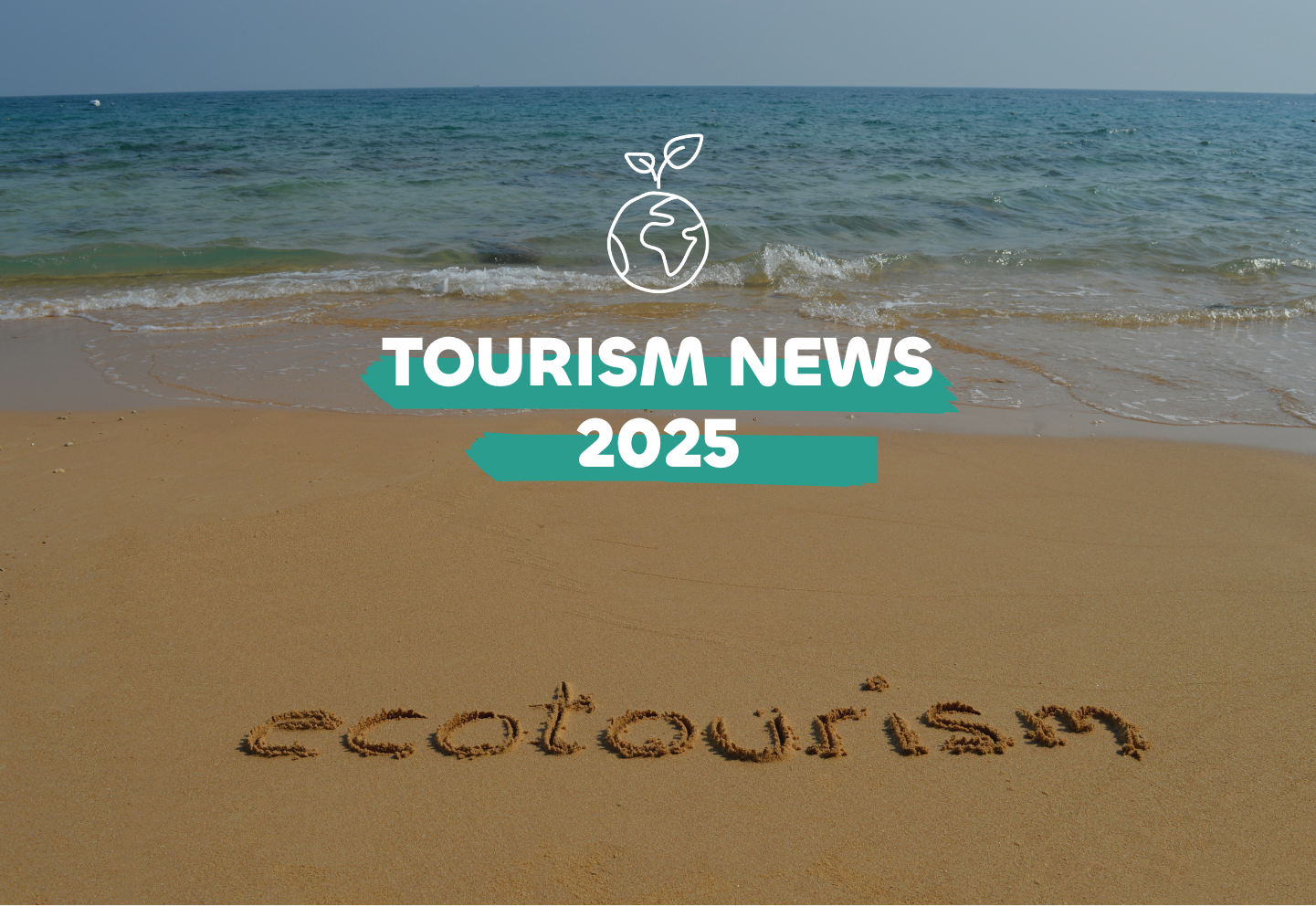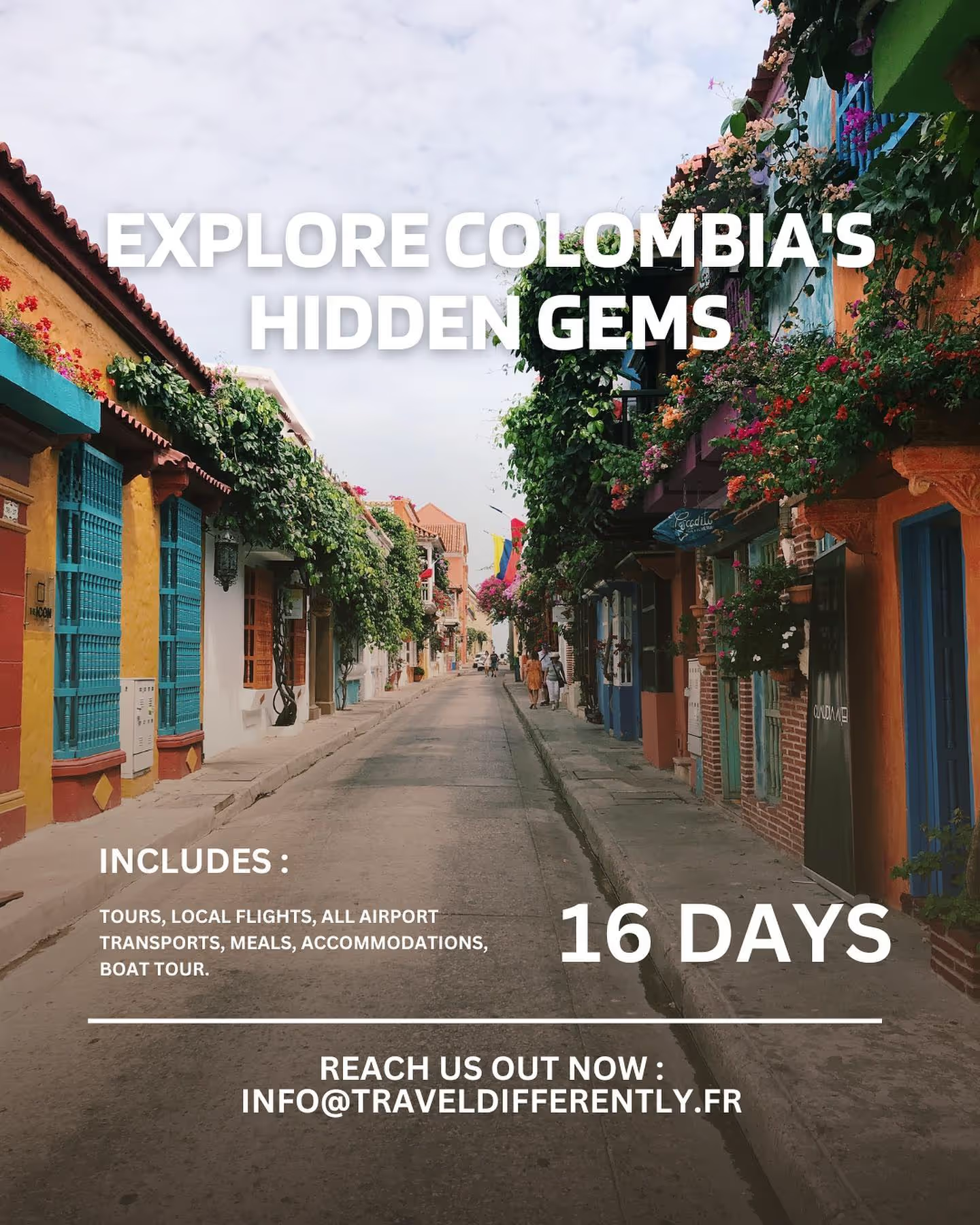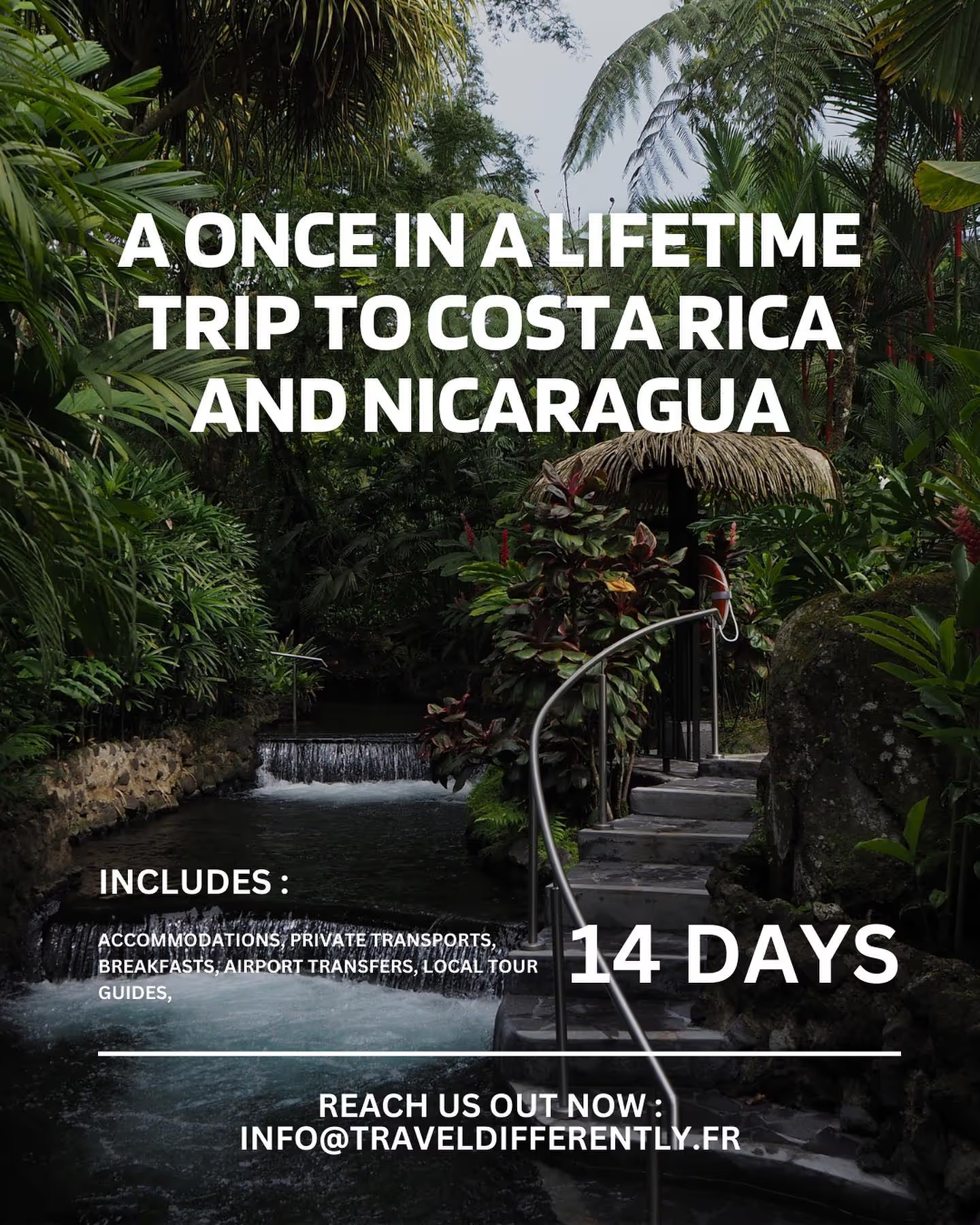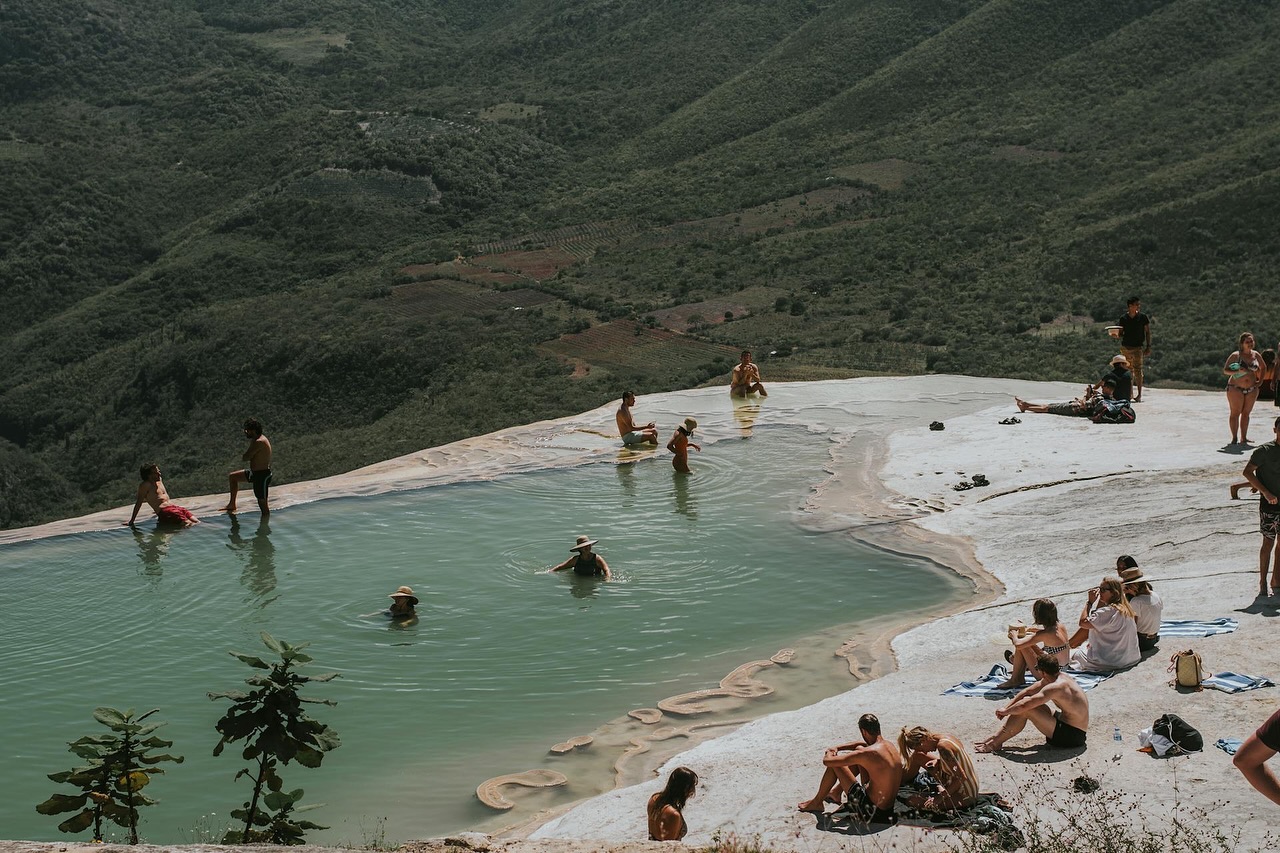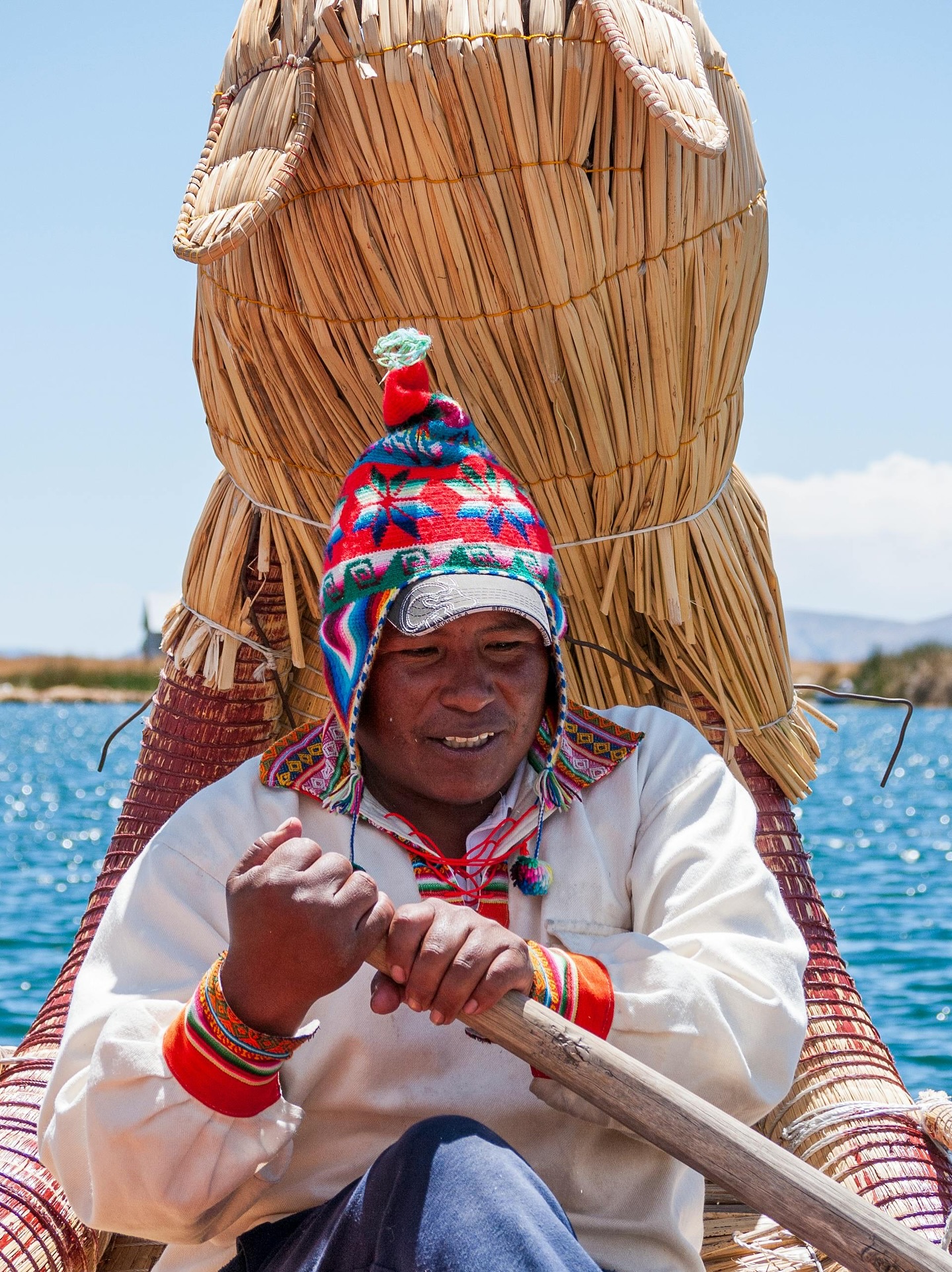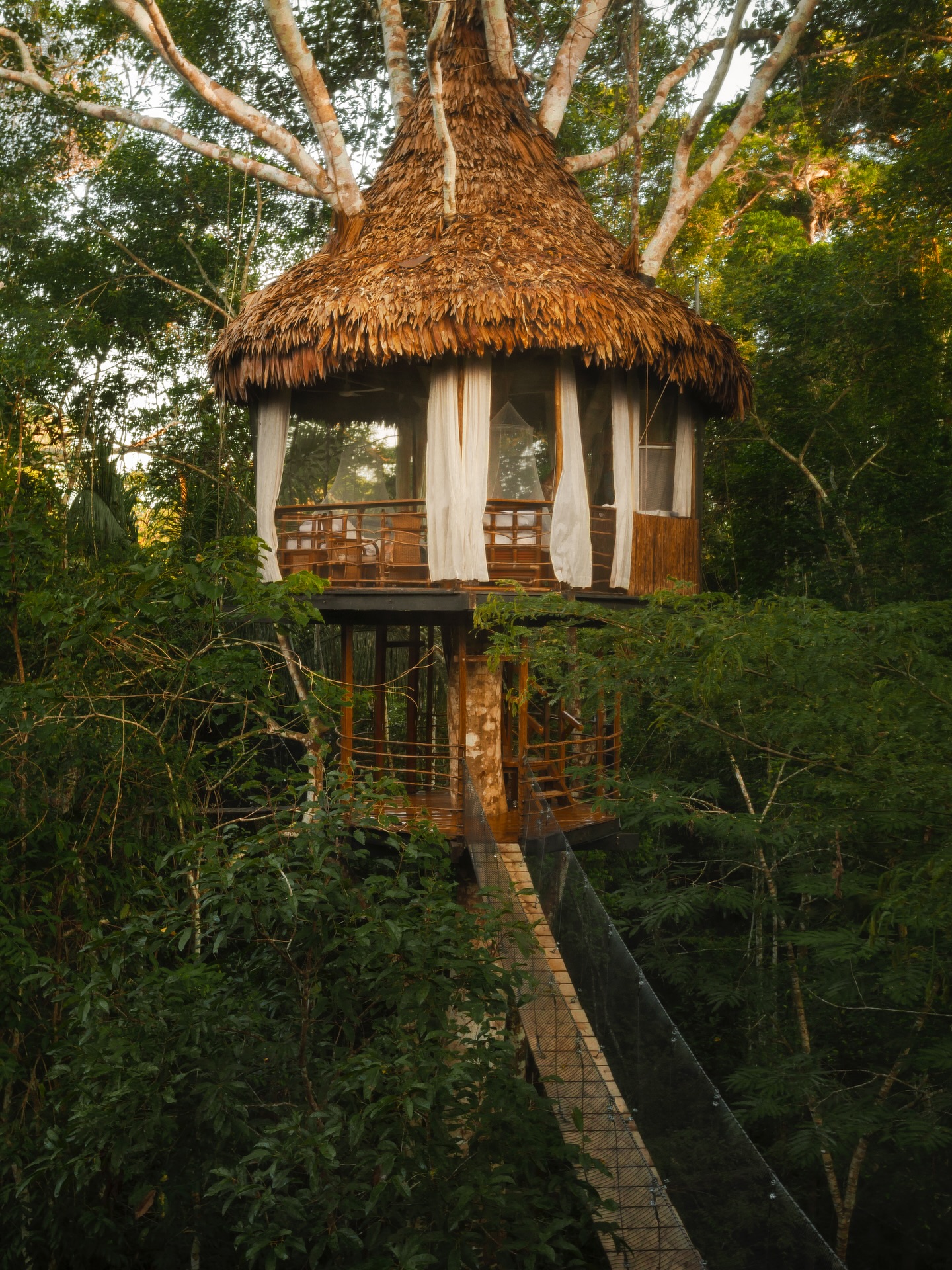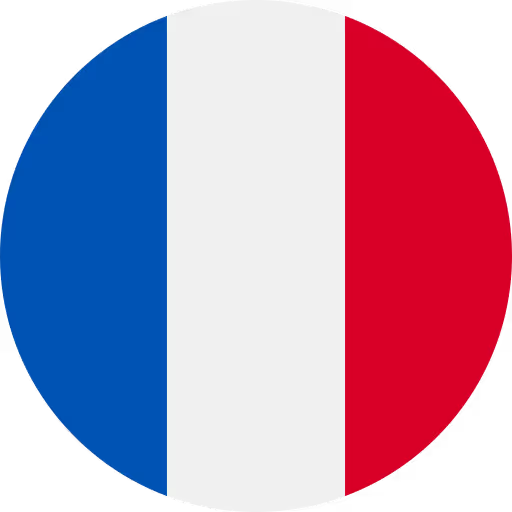I. Authentic Adventures: Your Ultimate Guide to Wiwa Community Tourism
😀👋 Welcome to our article on exploring the beauty of Gotshezhy Wiwa Community Tourism! In this post, we'll be taking a closer look at the Wiwa community and their unique approach to sustainable tourism.
But first, let's delve a little deeper into what Gotshezhy Wiwa Community Tourism actually is. This type of tourism involves visitors staying with the Wiwa community in their traditional villages in the Sierra Nevada de Santa Marta region of Colombia. It's a chance to experience the local culture, learn about the community's way of life, and participate in traditional activities.
The Wiwa people are one of four indigenous tribes that call the Sierra Nevada de Santa Marta home, and they have a rich history and culture that is worth exploring. The community is committed to sustainable tourism practices that respect their traditions and way of life, while also providing economic opportunities for their people.
😊 As someone who has personally had the chance to stay one night in this community, I can attest to the authenticity and beauty of this experience. And you can do the same by booking this trip on our website!

Now, let's take a closer look at the Wiwa community and the key aspects of Gotshezhy Wiwa Community Tourism.
II. A Journey Through the Traditions of Gotshezhy Wiwa 🌴🌿👣
Gotshezhy Wiwa Community Tourism offers the perfect opportunity to learn about their unique way of life.

During your visit, you will have the chance to interact with the community and participate in traditional activities and ceremonies.
🌿🧑🌾 During our trip to the Wiwa community, we had the opportunity to participate in their coca leaf ceremony and ask them questions about their cultural practices. The use of coca leaves is an integral part of Wiwa cultural heritage. The Wiwa consider coca to be a sacred plant and use it in ceremonies to aid in their concentration and spiritual connection. 🙏 We learned that the plant is also believed to have nutritional and medicinal properties, containing calcium and protein. During conversations or when focusing on community ideas, the Wiwa consume coca leaves to improve their concentration and mental clarity. 💭 This experience provided a fascinating insight into how the Wiwa people incorporate their cultural heritage into their daily lives.

This is a truly authentic experience that will allow you to learn about the Wiwa culture and traditions firsthand. So come and discover the beauty of the Wiwa community through community-based tourism.
As part of our Lost City Trek and Colombia's Hidden Gems program, we offer a two-day trip to the Gotsezhy Indigenous Community, where you can immerse yourself in the Wiwa culture and traditions.
Some highlights of this experience :
- Immerse yourself in Wiwa culture and traditions during a visit to the Gotsezhy Indigenous Community, as part of our Lost City Trek and Colombia's Hidden Gems program.
- Interact with the Wiwa community and learn about their way of life during a two-day trip to the community.
- Participate in traditional activities and ceremonies, such as talks and exhibitions of handicrafts typical of the Wiwa.
- Visit sacred sites in the Sierra Nevada de Santa Marta, including ancestral and cultural places, with the guidance of community members who can share their knowledge and insights.
- Enjoy a traditional lunch with the Indigenous Community, as well as refreshing swims in the Guachaca River and enchanted waterfall Matuna.
- Meet and chat with the village chief about the customs and cultural traditions, gaining a deeper understanding of the Wiwa's way of life and values.
- By engaging in these authentic experiences, you'll gain a unique perspective on the Wiwa culture and contribute to the community's sustainable tourism efforts.

III. Community-Driven Tourism: Supporting Responsible Travel in Gotshezhy Wiwa 🌿
As responsible travelers, we believe in supporting the Wiwa community through sustainable tourism practices. By respecting local customs and traditions, we can leave a positive impact on both the community and the environment. 🙌
One example of an organization that promotes responsible tourism is Planeterra. Through their partnership with the Wiwa community, they have helped to increase economic income and invest in social programs such as garbage management, community gardens, improving access to drinking water, and education.👏

Another initiative, La Semilla aims to help preserve the culture and territory of the indigenous peoples living in the Sierra Nevada de Santa Marta in Colombia, including the Koguis. They work to recognize, preserve, and transmit their culture and protect their land. La Semilla also organizes cultural, artistic, and ecological events to share the richness and vision of the indigenous peoples with others. 💚
By supporting organizations like Planeterra and La Semilla, we can contribute to responsible and sustainable tourism practices and help to leave a positive impact on the communities we visit.
IV. Other Indigenous Communities in the Region 🌎

The Wiwa people are just one of four indigenous groups living in the Sierra Nevada de Santa Marta, a mountain range in the Andes cordillera of Colombia. The other three groups are the Arhuacos, Kogis, and Kankuamos, and together, they are fighting to survive and defend their culture amidst various armed groups vying for control of this strategic region. The life and cultural heritage of these four peoples, which account for about 40,000 individuals, are thus under threat.
The Wiwa people primarily live north of Valledupar, the capital of the Cesar department, in northeastern Colombia, as well as in the surrounding region of the La Guajira department, the northernmost part of the country. In 2013, the number of Wiwas was estimated to be around 15,000.
The Wiwa language is damana (or malayo), which uses the Latin alphabet and belongs to the Chibchan language family. Spanish is also commonly used.
The Wiwas, Arhuacos, Kogis, and Kankuamos are all descendants of the Tayrona civilization, which was massacred during the Spanish conquest in the 16th century. As the Wiwas occupy the lower lands of the Sierra Nevada de Santa Marta, they have to fiercely fight to preserve their cultural identity as they experience a more rapid process of transculturation than their neighboring peoples.

For the Wiwas and other indigenous peoples in the Sierra Nevada de Santa Marta, their relationship with nature is deeply ingrained in their culture and spirituality. They see the mountain range as the "heart of the world," which maintains the spiritual and ecological balance of the "Mother Earth." Ciudad Perdida (Lost City), also known as Teyuna, is one of their most sacred sites, and they believe it is vital to their culture and the balance of the world. However, they feel that their sacred site is being exploited by excavation companies, which are taking their sacred objects away and to museums outside their territory. 🏞️
It is important to recognize and celebrate the diversity of cultures and traditions around the world, and to support efforts to preserve them. By doing so, we can help ensure that future generations can continue to learn from and appreciate these unique ways of life. And by choosing responsible and sustainable tourism practices, we can help support the Wiwa and other indigenous communities in their efforts to protect their cultural heritage and way of life.
V. Conclusion
In conclusion, the Gotshezhy Wiwa Community Tourism offers a unique opportunity to explore the natural beauty of the Sierra Nevada de Santa Marta while also supporting the local Wiwa community. Through responsible and sustainable tourism practices, we can contribute to the conservation of the region's fragile ecosystem while also promoting the economic and social well-being of the Wiwa people.
We must remember that our travel choices have an impact, and it is up to us to make a positive difference. So, let's make a call to action and choose responsible tourism practices that respect the local customs and traditions of the Wiwa community, leaving a positive impact on both the community and the environment.
We invite you to visit the Wiwa community and witness their rich culture and traditions firsthand. By supporting their Indigenous-owned tourism business, we can contribute to the economic empowerment of the community and help preserve their way of life. So pack your bags and get ready for an unforgettable experience in the heart of the Sierra Nevada de Santa Marta! 🎒👣
{{component-create-my-trip="/"}}






.avif)
.avif)

.avif)


